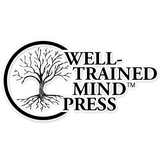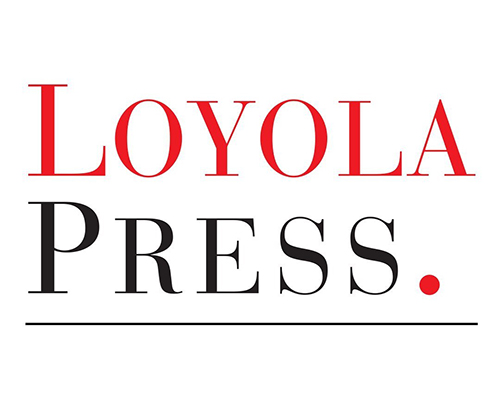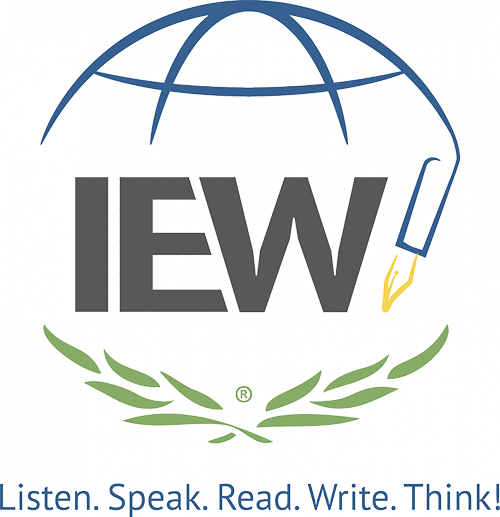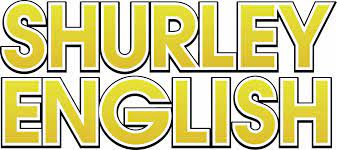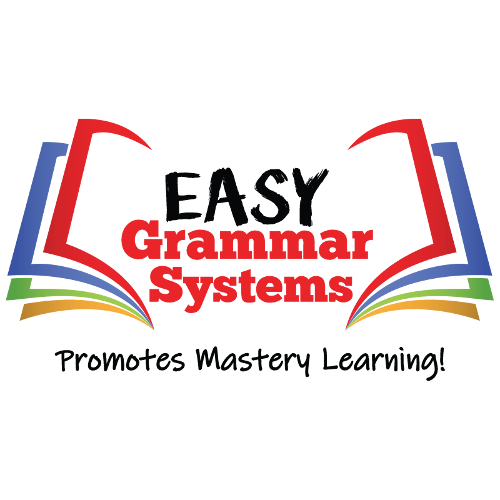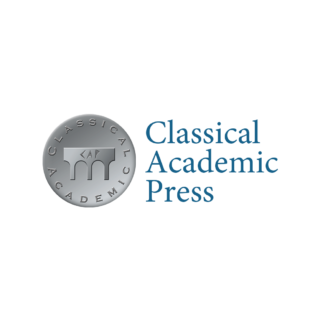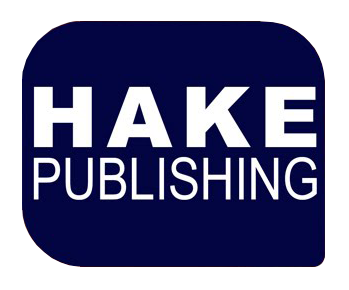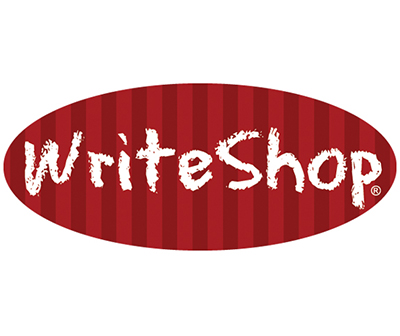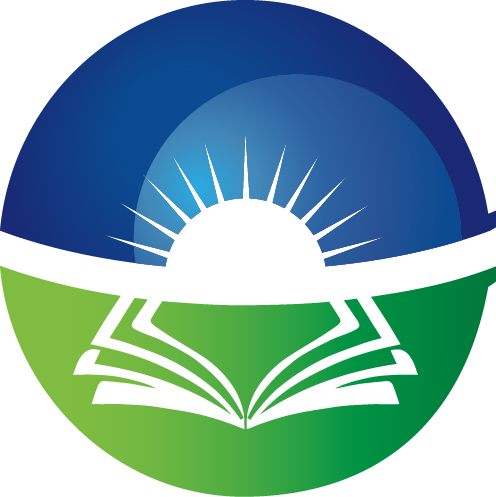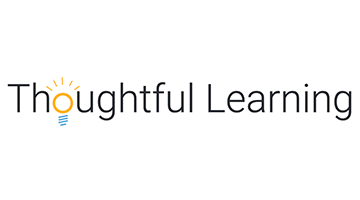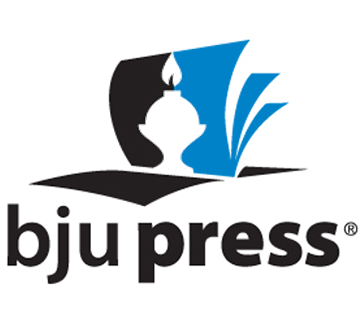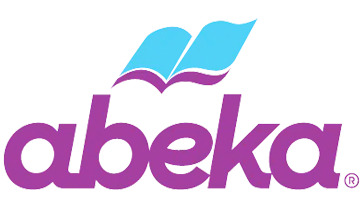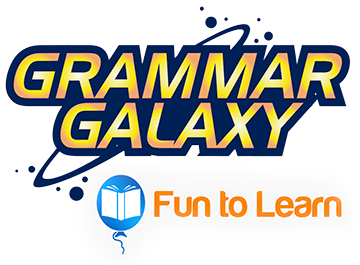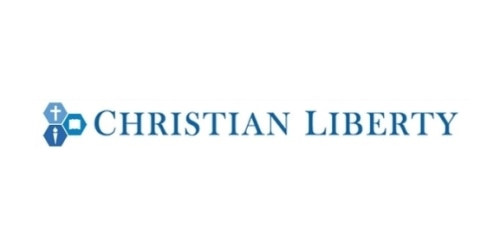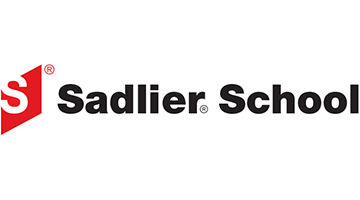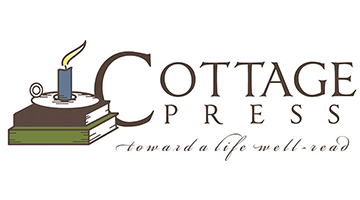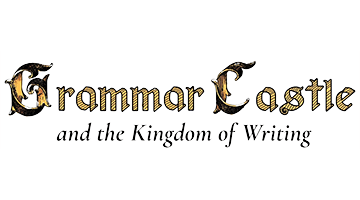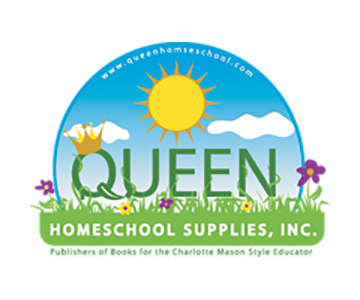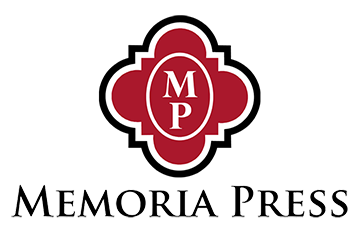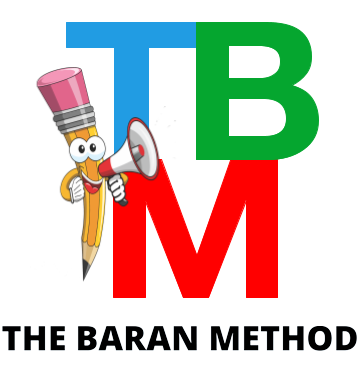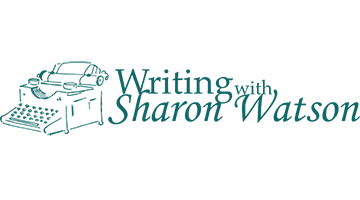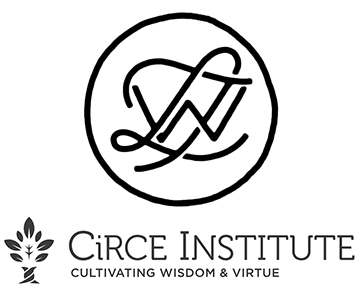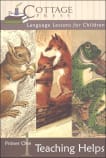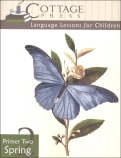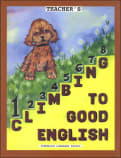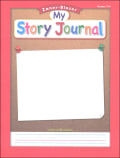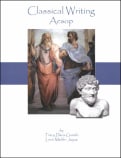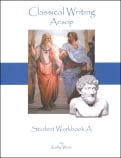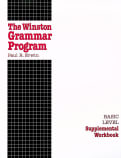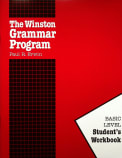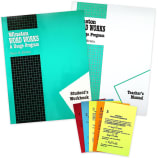- Complete English Programs
- Abeka Grammar & Composition
- BJU Press English / Writing & Grammar
- Climbing to Good English Series
- Grammar Castle and the Kingdom of Writing
- Layers of Learning: Writer's Workshop
- Thoughtful Learning (Formerly Write Source) Language Programs
- Voyages in English
- Shurley English
- Sadlier English Programs
- Starline Press English
- Writers in Residence
- Grammar and Writing
- Great Source Language Programs
- Applications of Grammar
- Paradigm Accelerated Curriculum: English
- Charlotte Mason Style English/Writing Programs
- Classical Style English/Writing Programs
- Abeka Grammar & Composition
- English Comprehensive Supplements
- Writing Programs
- Comprehensive Supplements-Writing
- Writing Practice
- Writing Skills Practice
- Writing Instruction Resources
- Creative Writing
- Expository Writing
- Writing Tools / Supplies
- Communication Skills
- Grammar Skills (Grammar/Usage/Mechanics)
- Combined Grammar, Usage, Mechanics
- Combined Grammar, Usage, Mechanics - Supplemental
- Combined Grammar, Usage
- Combined Grammar, Mechanics
- Grammar
- Grammar Practice & Review
- Grammar with a Writing Emphasis
- Usage
- Mechanics
- Diagramming Sentences
- Editing
- Grammar & English Reference Books
- Supplemental Grammar Instruction
- English Reference Tools
- English Manipulatives / Games
- Combined Grammar, Usage, Mechanics
- References (Dictionaries/Thesauri)
- New Products - English
- English / Writing & Grammar Clearance Sale Items !!
- Not Yet Categorized English Products
English, Writing, and Grammar Programs
It’s all about communicating well: in written and oral form. Focus on elements of grammar, zoom in on composing skills, or both. Here you’ll find instructional resources for writing creatively to academically, from research to public speaking, and everything in between. Tools, journals, and writing aids help put those skills to practice.
Curriculum by Grade
Download the Language Arts Curriculum Comparison Chart.
Featured Products in English, Writing & Grammar
English, Writing & Grammar by Topic
These icons are designed to help you quickly understand and learn important information about our products.
Teaching Method
Traditional
Teacher-centered curriculum commonly used in classrooms that may include a text, teacher manual, tests, etc.
Charlotte Mason
A methodology based on the work of a 19th century educator who maintained that children learn best from literature (Living Books), not textbooks.
Classical
A methodology based on the Latin Trivium (three stages of learning), including the grammar stage (memorization and facts), logic stage (critical thinking), and rhetoric stage (developing/defending ideas).
Unit Study
A thematic or topical approach centered around one topic that integrates multiple subject areas.
Montessori (Discovery)
A methodology based on the work of a 20th century educator that emphasizes student and sensory-driven discovery learning and real-life applications.
Other
Other methodologies
Religious Content
Secular
Contains content contrary to common Christian beliefs (i.e. evolution).
Neutral
Avoids religious or theoretical topics or presents multiple viewpoints without preference.
Christian/Religious
Faith-based or including instructional religious content.
Learning Modality
Auditory
Learns through listening, talking out loud or reading out loud.
Visual
Learns through seeing, prefers written instructions and visual materials.
Kinesthetic/Tactile (Hands-On)
Learns through moving, doing and touching.
Multi-Sensory
Curriculum that employ a variety of activities/components.
Presentation
Sequential
Curriculum progresses through well-defined learning objectives. Emphasizes mastery before moving to the next topic.
Spiral
Topics and concepts are repeated from level to level, adding more depth at each pass and connecting with review.
Conceptual/Topical
Focus is on the “why,” often with a unifying concept as well as specific skills; coverage may be broader.
Teacher Involvement
Low Teacher Involvement
Student-led materials; parent acts as a facilitator.
Medium Teacher Involvement
A mix of teacher-led time and independent student work.
High Teacher Involvement
Teacher-led lessons; may utilize discussions, hands-on activities and working together.
Additional Materials Required
No other materials needed
Everything you need is included.
Other Materials Required
There are additional required resources that are a separate purchase.
Other Materials Optional
There are additional resources mentioned or recommended but are not absolutely necessary.
Consumable
Consumable
Designed to be written in; not reusable.
Non-Consumable
Not designed to be written in; reusable.

